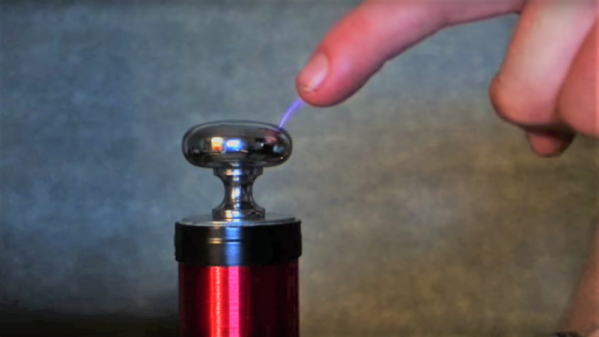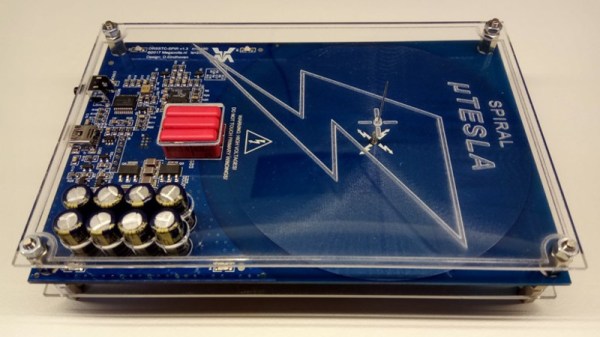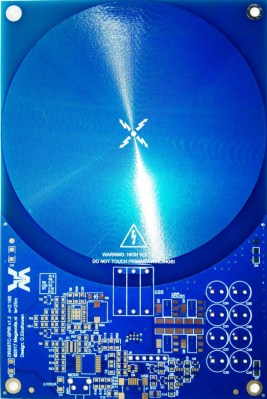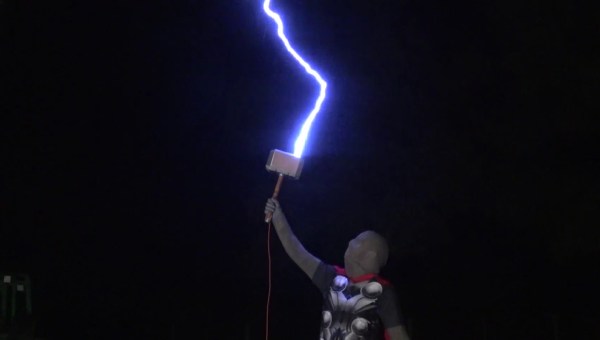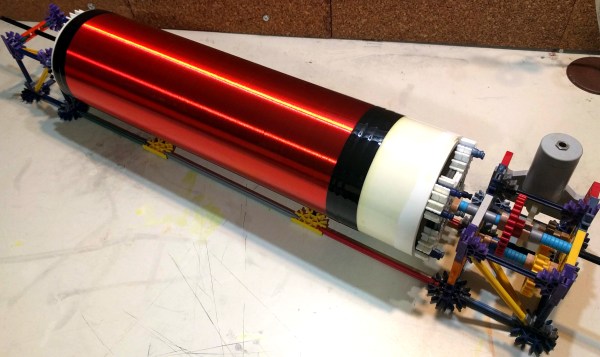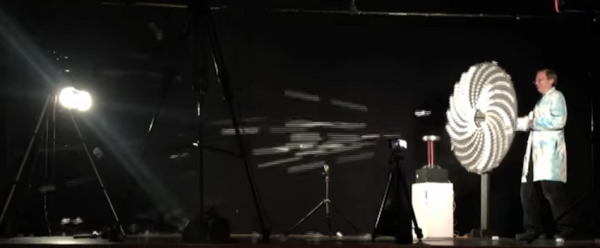We all know the saying: cheap, fast, or good — pick any two. That rule seems to apply across the spectrum of hackerdom, from software projects to hardware builds. But this DIY Tesla coil build might just manage to deliver on all three.
Cheap? [Jay Bowles]’ Tesla coil is based on a handheld bug zapper that you can find for a couple of bucks, or borrow from the top of the fridge in the relatively bug-free winter months. The spark gap is just a couple of screws set into scraps of nylon cutting board — nothing fancy there. Fast? Almost everything needed to build this is stuff lying around the house, and depending on the state of your junk bin you may not even have to order the polypropylene caps [Jay] recommends. Good? That’s a relative term, of course, and if you define it as a coil capable of putting out pumpkin-slaying lightning bolts or playing “Yakkity Sax”, you’ll likely be disappointed. But there’s no denying that this Tesla coil looks good, from its Lexan base to the door-pull top load. And running off a couple of AA batteries, it’s safe to use too.
[Jay] put a lot of care into winding and dressing the secondary coil neatly, and the whole thing would look great as a desktop toy. Not into the winding part? You can always etch a PCB Tesla coil instead.
Continue reading “Low-End Parts Make Tesla Coil With A High-End Look”

